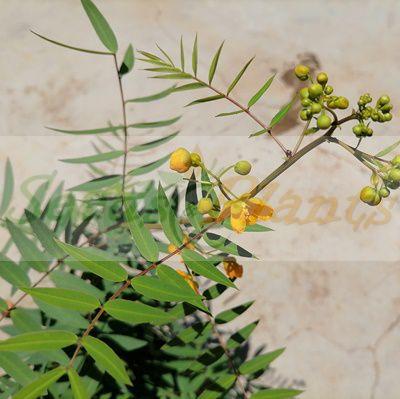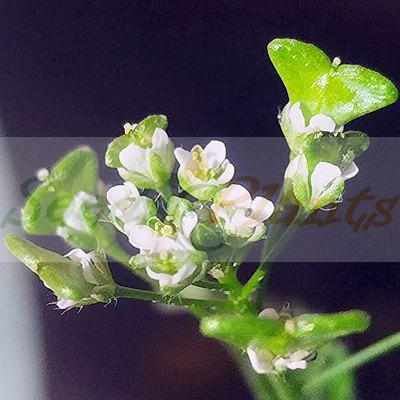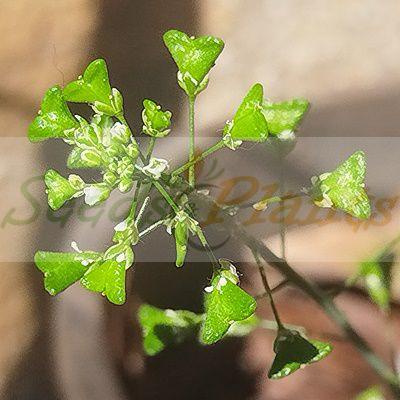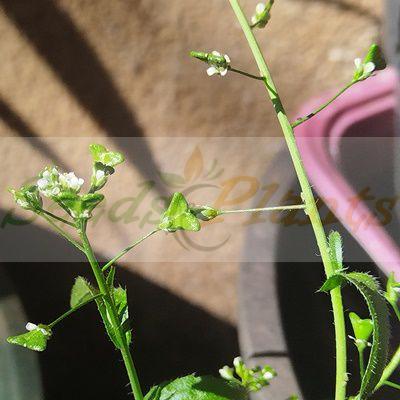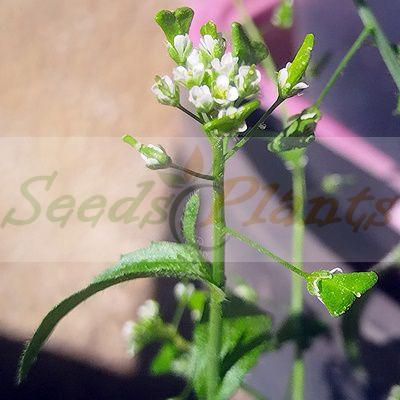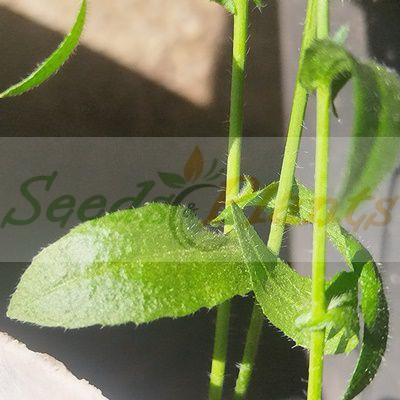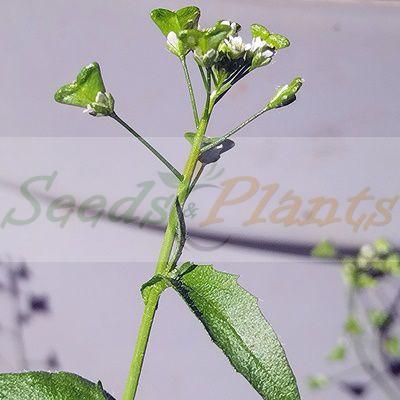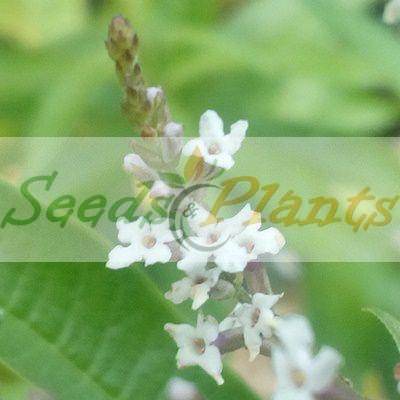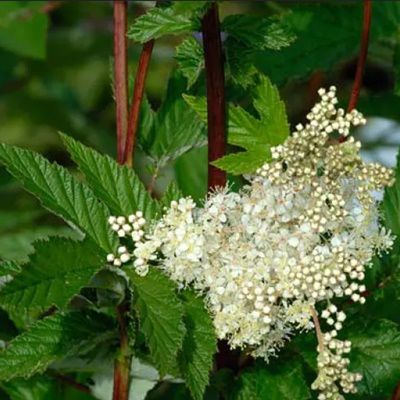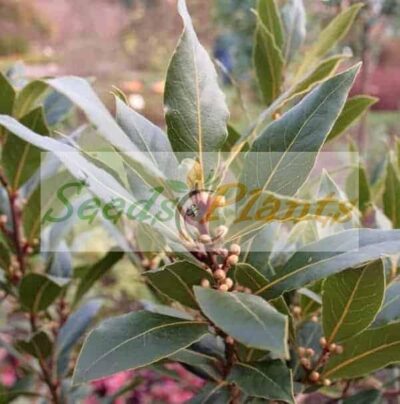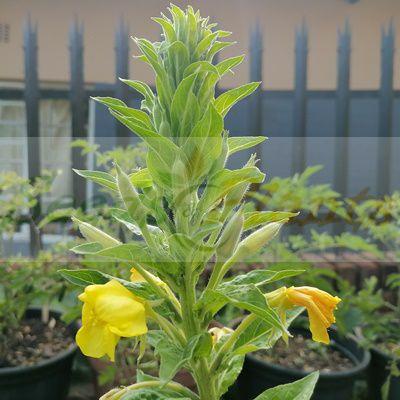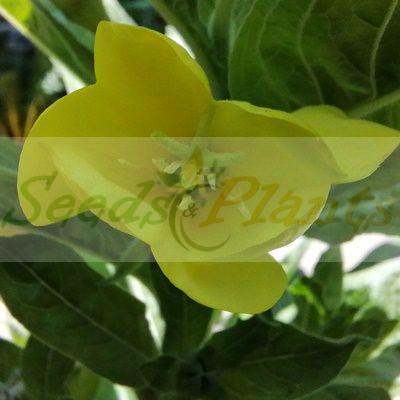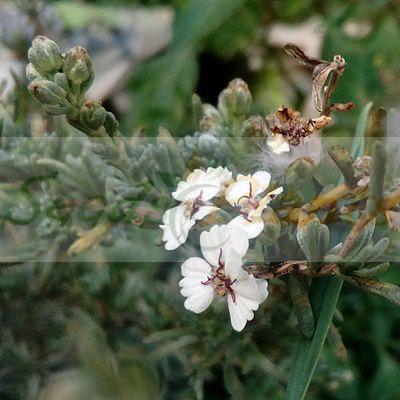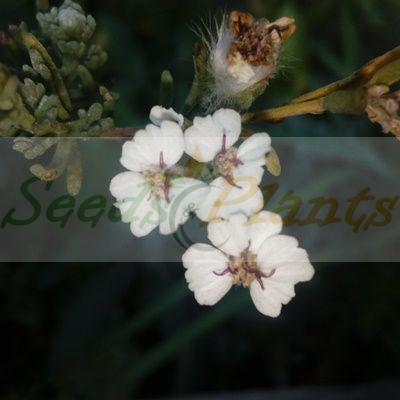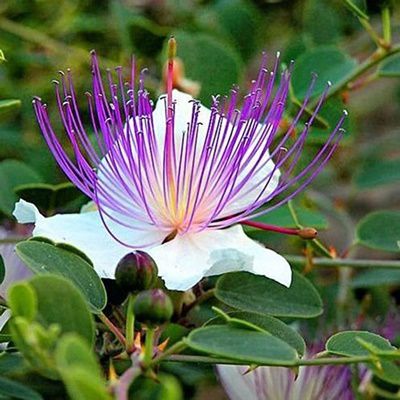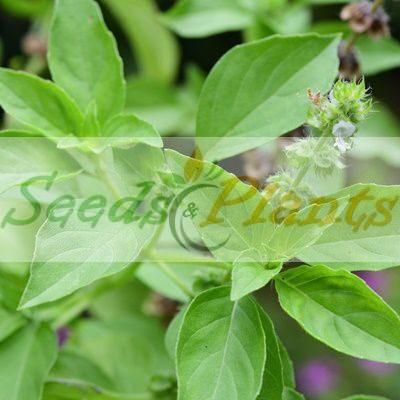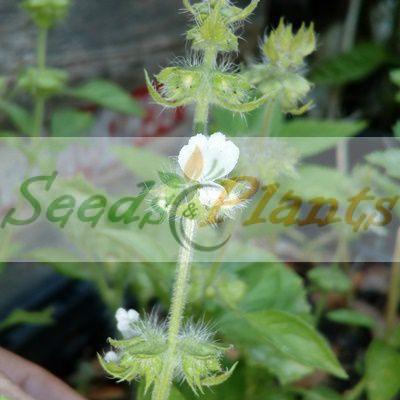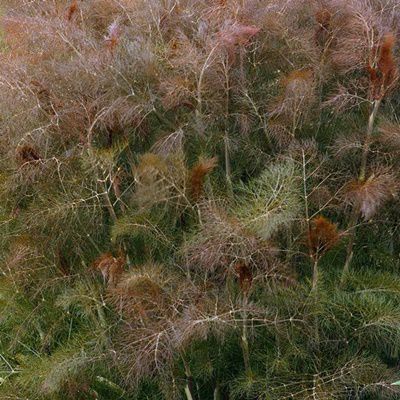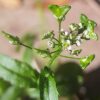🌿 Herbal Quick Facts
Medicinal Info
- 🌍 Origin / Region: Eurasia, North Africa
- 🌿 Medicinal Part: Flower, Leaf, Stem
- 🍵 Herbal Preparation: Extract / Tincture, Infusion / Tea, Ointments/Creams, Poultice, Powder
- ⚕️ Healing System: Chinese Traditional Medicine, European Traditional Medicine
Culinary Info
- 🍽️ Culinary Use: Cooking, Flavoring, Ginger Substitute, Mustard Substitue, Raw Eating, Salads, Seasoning, Vegetable dishes
- 🥗 Edible Part: Leaf, Root, Seed
- 😋 Flavor Profile: Peppery
Growth Traits
- 🌱 Life Cycle: Annual
- 🌾 Plant Type: Herbaceous Annual
- 🦋 Pollinator Method: Attracts Bees, Attracts Hoverflies
- 🪴 Growth Habit: Basal Rosette, Upright
- 🌸 Flower Color: Creamy White
Growing Requirements
- 🌞 Sun Exposure: Full Sun, Partial Shade
- 💧 Water Needs: Avoid Overwatering, Moderate Water
- ☀️ Growing Conditions: Cold Tolerant, Frost Tolerant, Low Heat Tolerance, Moderately Drought Tolerant
- 🟤 Soil Preference: Moderately Fertile, Poor Soil Tolerant, Tolerant of most soils, Well-Drained
Shepherds Purse – Approx 50 Seeds
(Capsella bursa-pastoris)
R30.00
The edible leaves of Shepherd’s purse have a peppery, mustard flavor and the plant is also often used in herbal medicine.
Common Names: Shepherd’s purse, pick pocket, pepper plant, case weed, pick purse, shepherd’s bag, shepherd’s pouch, mother’s heart, St. James weed, witches’ pouches, toothwort and shovel plant.
Indoor Sowing: Not Recommended.
Direct Sowing: Summer and Autumn.
In stock
🌿 Herbal Quick Facts
Medicinal Info
- 🌍 Origin / Region: Eurasia, North Africa
- 🌿 Medicinal Part: Flower, Leaf, Stem
- 🍵 Herbal Preparation: Extract / Tincture, Infusion / Tea, Ointments/Creams, Poultice, Powder
- ⚕️ Healing System: Chinese Traditional Medicine, European Traditional Medicine
Culinary Info
- 🍽️ Culinary Use: Cooking, Flavoring, Ginger Substitute, Mustard Substitue, Raw Eating, Salads, Seasoning, Vegetable dishes
- 🥗 Edible Part: Leaf, Root, Seed
- 😋 Flavor Profile: Peppery
Growth Traits
- 🌱 Life Cycle: Annual
- 🌾 Plant Type: Herbaceous Annual
- 🦋 Pollinator Method: Attracts Bees, Attracts Hoverflies
- 🪴 Growth Habit: Basal Rosette, Upright
- 🌸 Flower Color: Creamy White
Growing Requirements
- 🌞 Sun Exposure: Full Sun, Partial Shade
- 💧 Water Needs: Avoid Overwatering, Moderate Water
- ☀️ Growing Conditions: Cold Tolerant, Frost Tolerant, Low Heat Tolerance, Moderately Drought Tolerant
- 🟤 Soil Preference: Moderately Fertile, Poor Soil Tolerant, Tolerant of most soils, Well-Drained
Shepherd’s purse (Capsella bursa-pastoris) is a flowering plant belonging to the mustard family. Native to Asia and parts of Eastern Europe, shepherds purse is often used for culinary purposes, especially in Asian cuisine. It is characterized by the peppery, mustard flavor of its edible leaves. The seeds can be used as a mustard substitute and the dried roots can be used as a ginger substitute. It is also often used in herbal medicine to treat circulatory problems, menstrual disorders, and other health conditions.
It is a prolific herb easily identifiable by its rosette of basal and lobed leaves. It produces a single stalk up to two feet tall that branches at its top with many small, white flowers. The flowers can bloom at any point in the year, and they eventually form seed pods that resemble tiny satchels or “purses”.
Common Names: Shepherd’s purse, pick pocket, pepper plant, case weed, pick purse, shepherd’s bag, shepherd’s pouch, mother’s heart, St. James weed, witches’ pouches, toothwort and shovel plant.
Growing Shepherds purse
Indoor Sowing: Not Recommended.
Direct Sowing: Summer and Autumn.
- Best if planted in direct sunlight and in any soil, even poor soil.
- Easily grown from seed, shepherd’s purse prefers drier soils once seedlings have been established.
- Sow seed in summer or autumn.
- To plant, direct sow by scattering seeds over prepared bed after the danger of frost has passed.
- The seeds need light to germinate, so do not cover the seeds with soil.
- Keep the soil moist until germination
- Young seedlings should emerge within 10 days and will grow vigorously.
Can this plant be used for culinary purposes?
Depending on the plant and how it is cultivated, Shepherds Purse may be used in cooking or in the preparation of beverages such as teas or fermented drinks.
Does this plant have medicinal uses?
Traditionally, parts of Shepherds Purse have been used in various healing systems. Seeds are sold for cultivation purposes only.
Disclaimer
Medicinal Information:
All medicinal information on this website is for educational and informational purposes only and may not be construed as medical advice. The information is not intended to replace medical advice or treatment offered by healthcare professionals.
Seeds, Plants, Plant Cuttings, Geophytes and Dried Herbs:
In some countries and provinces, certain plants are deemed as invasive and are not allowed to be planted at all, whilst some plants are allowed to be grown only in certain areas or provinces. The onus is on you as the buyer to familiarize yourself with the regulations pertaining to your location, before purchasing any of our seeds, plants, plant cuttings, geophytes or dried herbs. We will not be held liable, should you purchase any seeds, plants, plant cuttings, geophytes or dried herbs. from us which are prohibited in your country or province.


